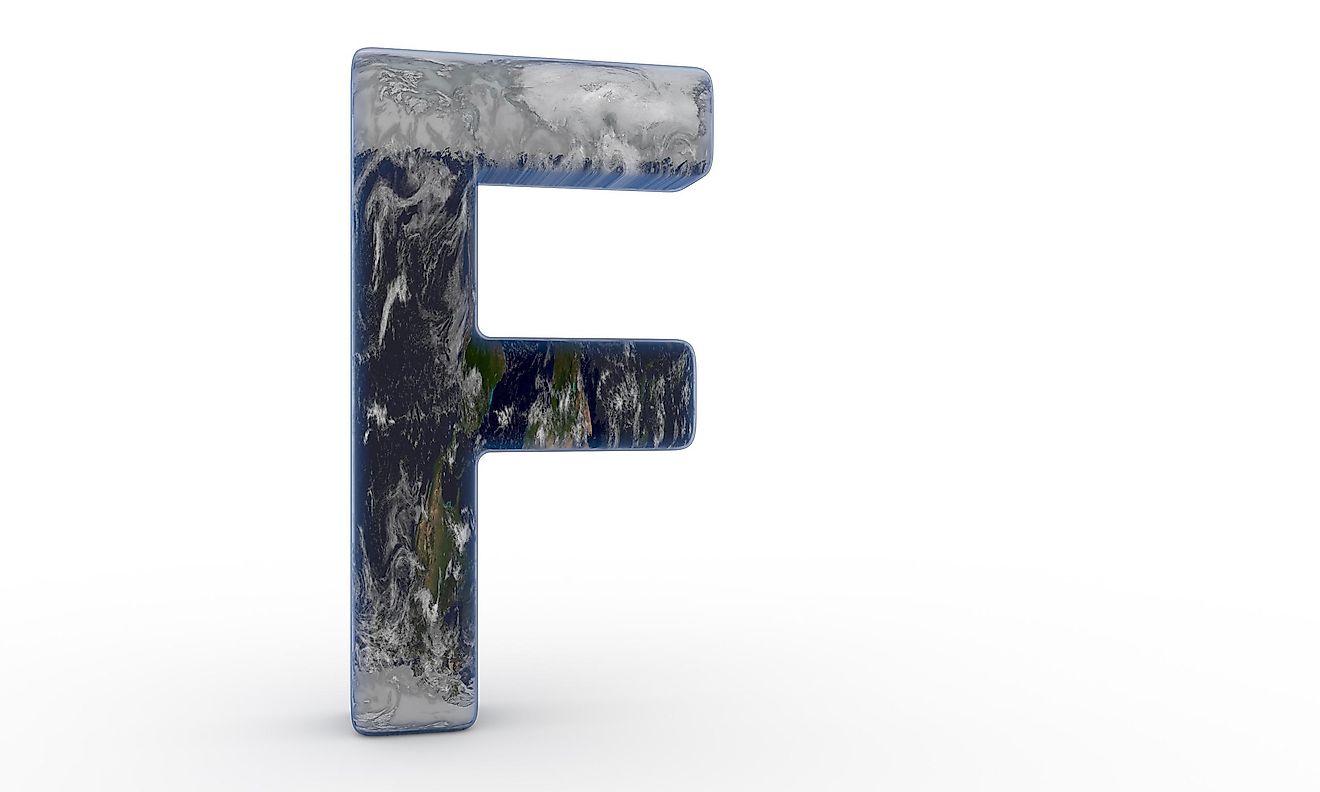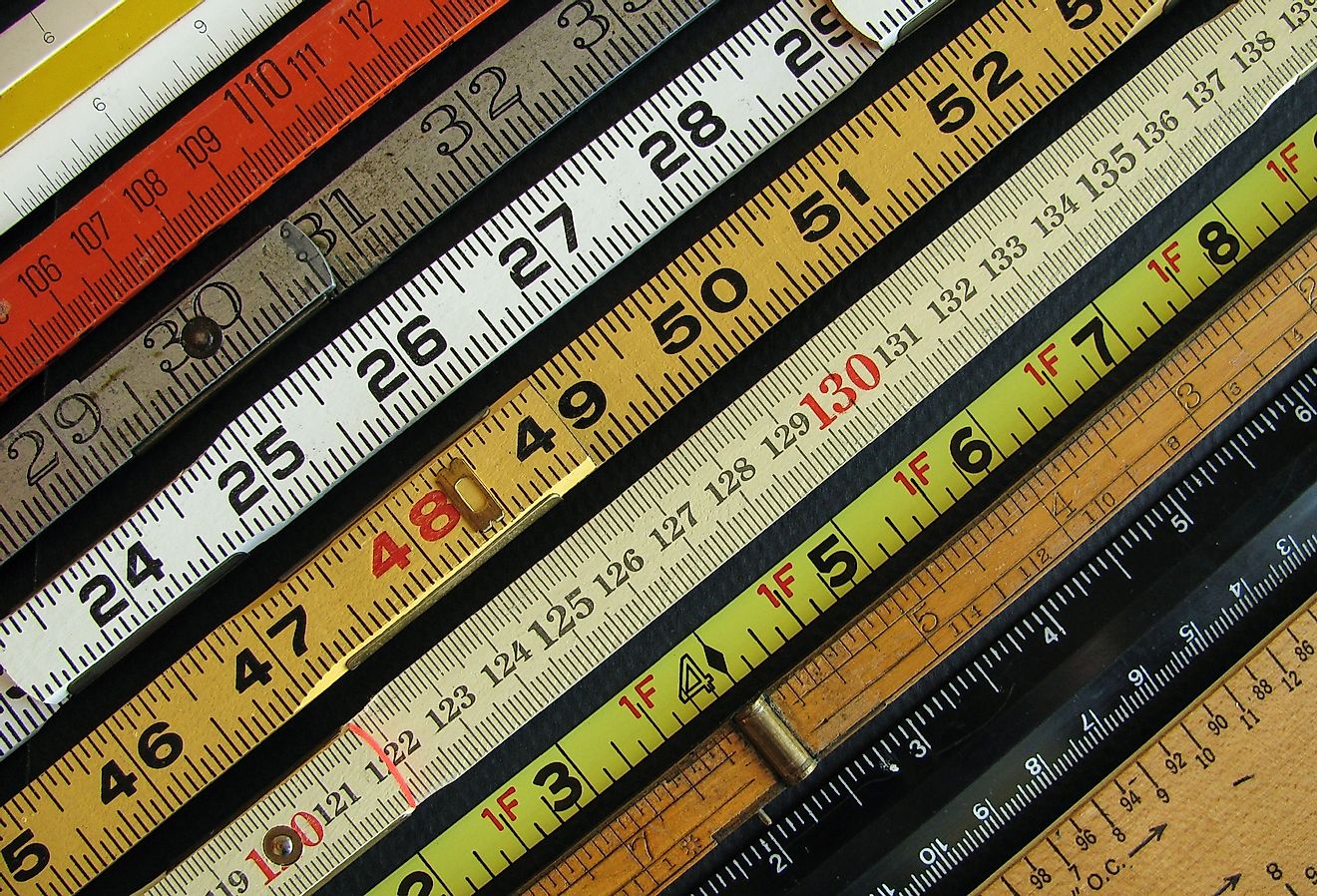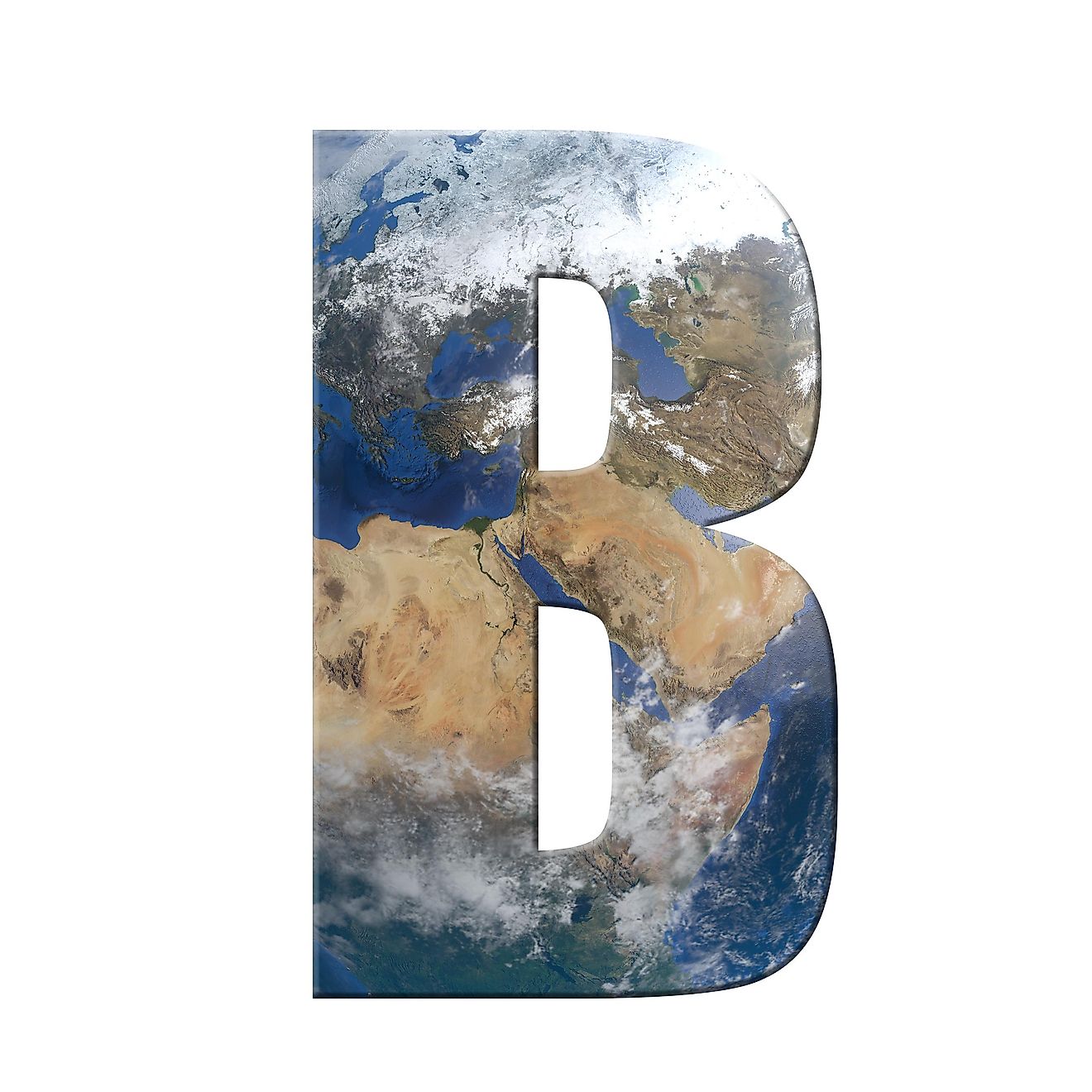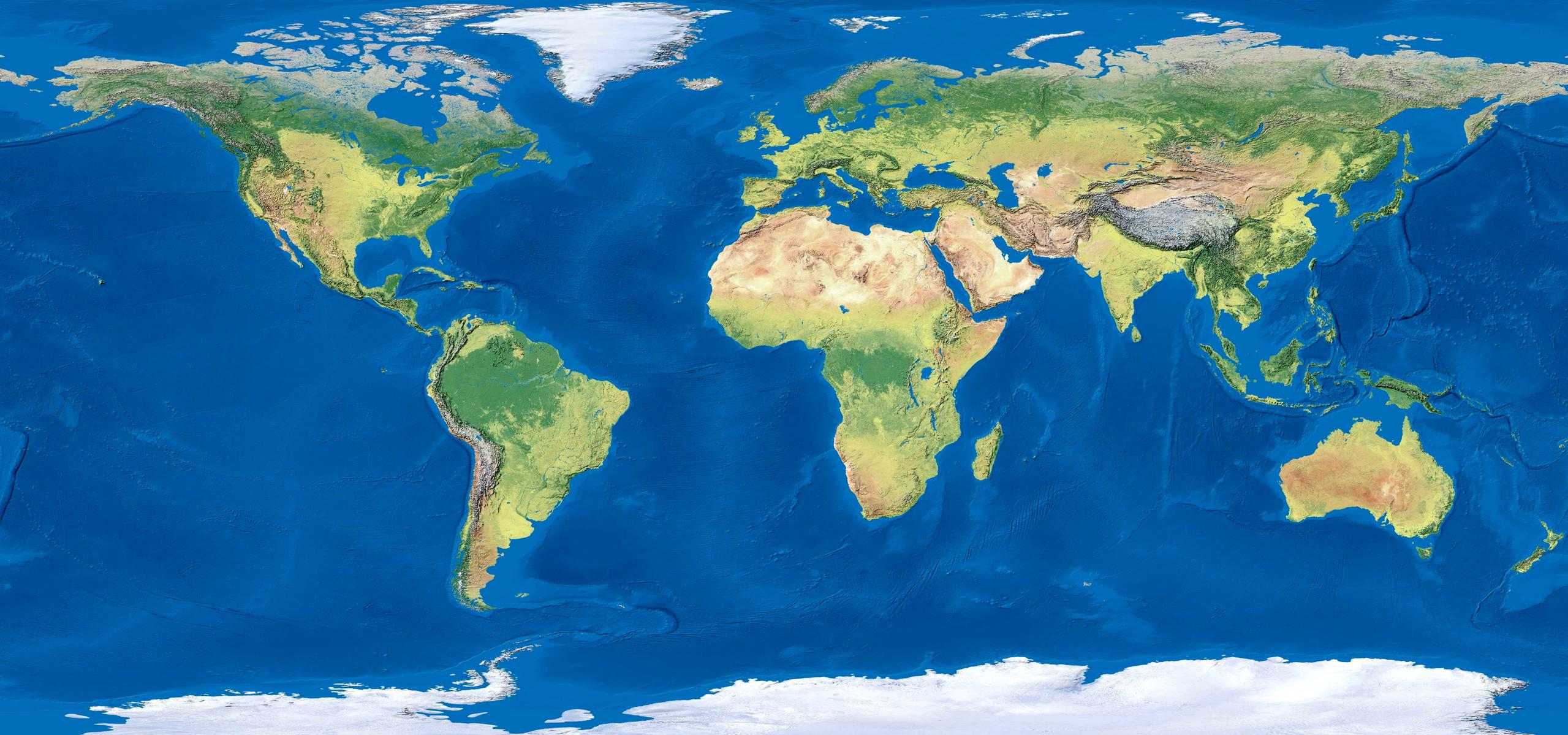
The Seven Seas
Apart from the moons Enceladus of Saturn and Europa of Jupiter that contain lunar water, Earth is the only solar object known to have plenty of water on its surface. About 71% of the Earth’s surface is covered by water bodies such as oceans, seas, lakes, rivers, streams, gulfs, and bays. However, oceans are the largest of the water bodies, covering about 361 million km2. The World Ocean carries rich historical, cultural, and economic significance and has been the source of numerous mythologies and legends. One of the phrases linked to the world's oceans and related seas is the “Seven Seas.”
Meaning And Origin
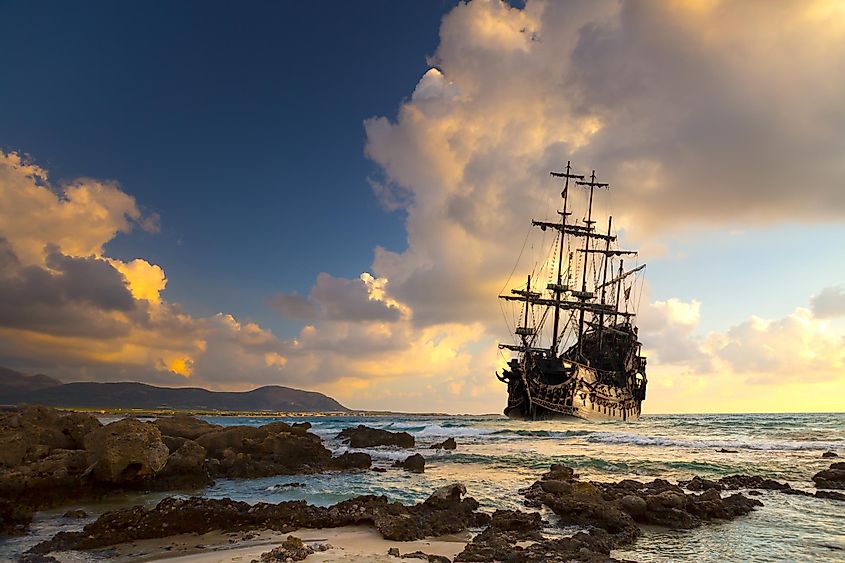
Today, the “Seven Seas” concept is often linked to pirates and their ventures, with pirates in popular culture referring to “sailing the seven seas.” In various past and present cultures, the Seven Seas referred to regional water bodies, exotic water bodies, or water bodies used as trade routes. However, the origin of the phrase “Seven Seas” is not well-known, although popular references point to the pieces of literature dating back several centuries.
The phrase was popular in Chinese, Hindu, Roman, and Persian ancient literature, with most of these cultures frequenting the Mediterranean Sea and the seas around the Middle East like The Black Sea and the Red Sea. The phrase came into use long before Eurasian inhabitants discovered some of the oceans known today. The list of water bodies that were part of the Seven Seas varied from culture to culture and changed over time. Moreover, the seas were not “seven” in a literal sense because the number may have been used by other cultures to represent “many.”
Ancient Usage
In some cultures, the Seven Seas represented the various trade routes within their reach. Others used the phrase to refer to any known seas, bays, gulfs, and parts of oceans they had access to. In yet other cultures, it referred to waterways that were distant and strange. Moreover, the word “seas” was also used to refer to the seas that never existed. Thus, there has never been a universal list or meaning of the Seven Seas.
According to the Arabs and their neighbors, the Seven Seas were water bodies to the East that facilitated their voyage, trade, and spread of Islam. These seas included the Bay of Bengal, Arabian Sea, Gulf of Thailand, Singapore Strait, Strait of Malacca, South China Sea, and the Persian Gulf. For the Greeks, the seas included the Caspian, Mediterranean, Adriatic, Aegean, Black, and Red Seas, and the Persian Gulf.
In Medieval Europe, the concept of Seven Seas referred to the Arabian, Red, Black, Mediterranean, Caspian, and the Adriatic Sea, including some of their marginal seas. After the Europeans discovered North America, the concept also included the North Sea, Atlantic Ocean, Pacific Ocean, Arctic Ocean, Indian Ocean, Gulf of Mexico, and the Caribbean Sea. For the Persians, the term referred to the streams that formed the Oxus River. According to the Babylonian Talmud, the seven seas, along with four rivers, surrounded Israel, as recorded in Psalm 24:2. These seas are the Sea of Galilee, Dead Sea, Red Sea, Lake Hula, Sea of Aspamia, Birkat Ram, and the Mediterranean Sea.
Modern Usage

From the 19th century to today, the phrase "Seven Seas" has been used to refer to the world's oceans. In the early modern days, the phrase referred to the four traditional oceans, Atlantic, Arctic, Indian, Pacific Oceans, alongside the Gulf of Mexico, the Mediterranean, and the Caribbean Sea. However, the last three bodies of water are part of the Atlantic Ocean. The Pacific and Atlantic Oceans are divided into two basins each, with the Southern Ocean also added to the list. Thus, the modern definition of the phrase includes Arctic, Indian, North Atlantic, North Pacific, South Atlantic, South Pacific, and the Southern Ocean. However, the World Ocean is geographically divided into five portions, Southern, Indian, Arctic, Atlantic, and Pacific Oceans.
